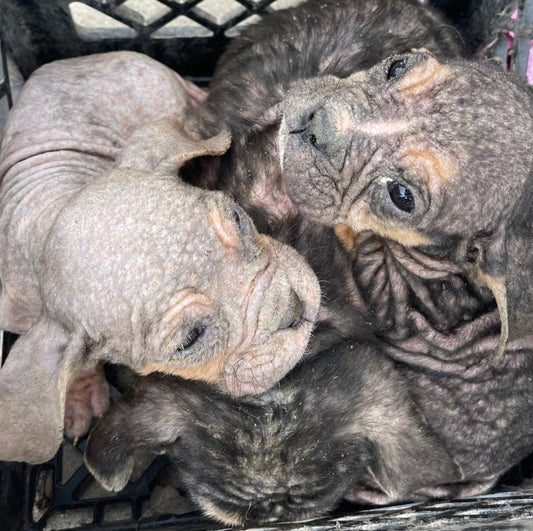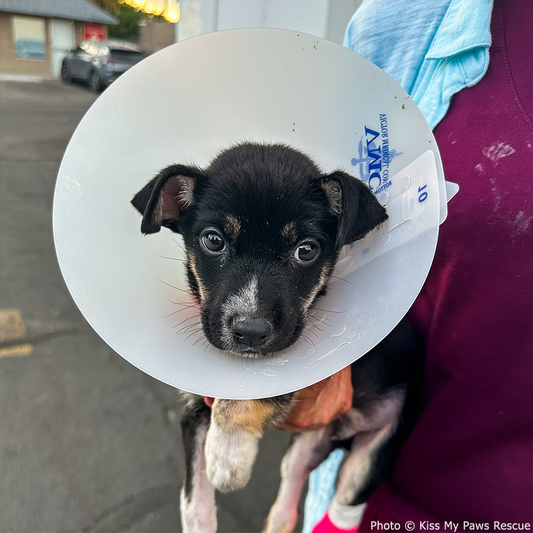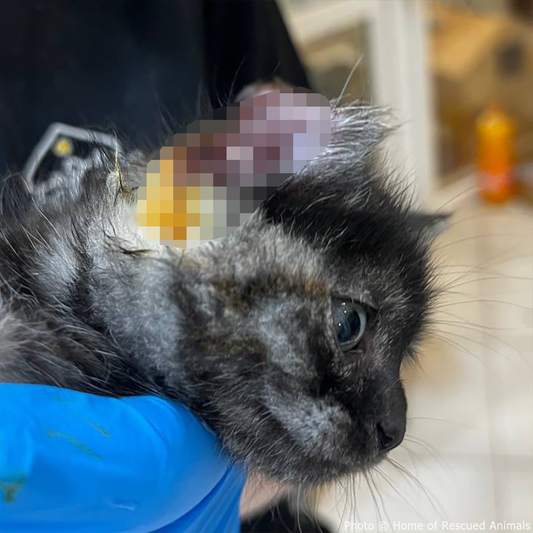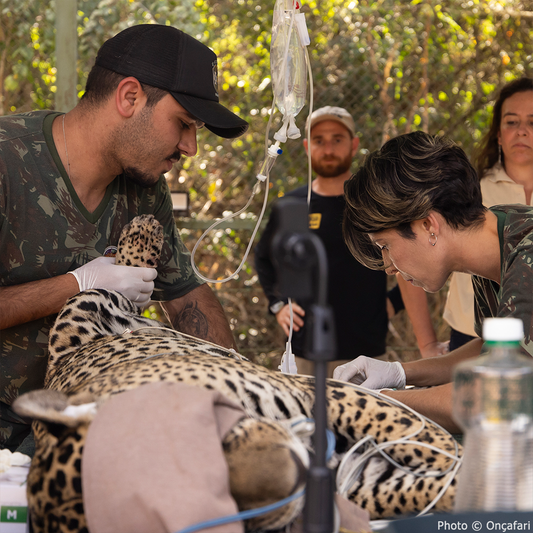New Discovery About the Teeth of Endangered Komodo Dragons May Help Us Learn About Dinosaurs
Michelle Milliken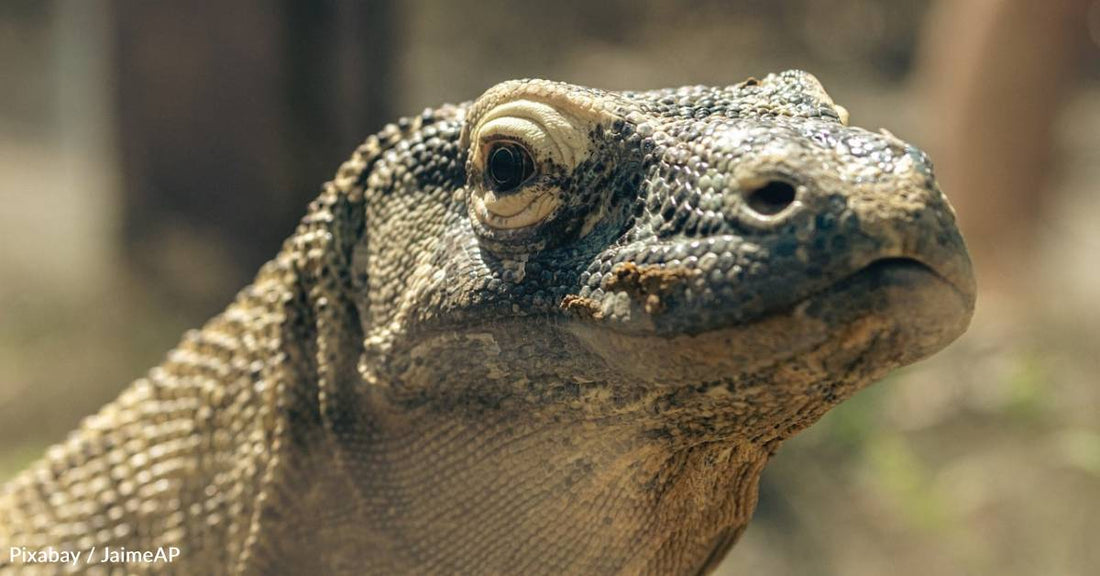
Pixabay / JaimeAP
The Komodo dragon, the largest living lizard, usually tips the scales at around 150 pounds, though they have been observed at more than twice that size. They are also predatory, eating a wide variety of animals, from tiny bite-sized rodents to water buffalo. Scientists recently conducted a study to see how their powerful teeth can manage to take down all this prey, and the findings may help us understand how larger extinct reptiles – dinosaurs – managed their diets.
Researchers at King’s College London used chemical and structural imaging on museum Komodo dragon skulls and teeth - and studied a Komodo dragon who lived at London Zoo - to understand the makeup of their teeth. Past research has indicated that other reptiles, like crocodiles, have iron stored in their teeth, but this study showed that Komodo dragons have a unique iron storage. It was found as a protective layer over the serrations and tips on their teeth, allowing them to stay sharp and able to penetrate and tear the flesh of their prey. It even turns these spots on the teeth orange. The amount found in their teeth also appears to be more substantial than in other species, like crocodiles.

Fossilization has made it difficult to determine if dinosaurs had significant iron coatings in their teeth, so this research may give scientists further insight into this question.
Dr. Aaron LeBlanc, the study’s lead author from King’s College’s Centre for Oral, Clinical & Translational Sciences, says, "We want to use this similarity to learn more about how carnivorous dinosaurs might have ate and if they used iron in their teeth the same way as the Komodo dragon.
"Unfortunately, using the technology we have at the moment, we can't see whether fossilised dinosaur teeth had high levels of iron or not. We think that the chemical changes which take place during the fossilisation process obscure how much iron was present to start with.
"What we did find, though, was that larger meat-eating dinosaurs, like tyrannosaurs, did change the structure of the enamel itself on the cutting edges of their teeth. So, while Komodo dragons have altered the chemistry of their teeth, some dinosaurs altered the structure of their dental enamel to maintain a sharp cutting edge.

"With further analysis of the Komodo teeth we may be able to find other markers in the iron coating that aren’t changed during fossilisation. With markers like that we would know with certainty whether dinosaurs also had iron-coated teeth and have a greater understanding of these ferocious predators."
The study, published in the journal Nature Ecology & Evolution, also helps scientists understand the teeth in other living reptiles.
The research is important for Komodo dragons, as well, though. They’re listed as endangered on the IUCN Red List, threatened by poaching, their limited range, and a loss of prey. Climate change is also posing a risk to what habitat they have left, as rising sea levels may submerge portions of the Indonesian islands where they live. There are currently estimated to be fewer than 1,400 individuals left, and that population is fragmented.

Dr. Benjamin Tapley, study co-author and Curator of Reptiles and Amphibians at Zoological Society of London, says, "As the world’s largest lizards, Komodo dragons are inarguably impressive animals. Having worked with them for 12 years at London Zoo, I continue to be fascinated by them and these findings further emphasise just how incredible they are.
"Komodo dragons are sadly endangered, so in addition to strengthening our understanding of how iconic dinosaurs might have lived, this discovery also helps us build a deeper understanding of these amazing reptiles as we work to protect them."
If you’d like to help other endangered species, click here!
Michelle has a journalism degree and has spent more than seven years working in broadcast news. She's also been known to write some silly stuff for humor websites. When she's not writing, she's probably getting lost in nature, with a fully-stocked backpack, of course.


